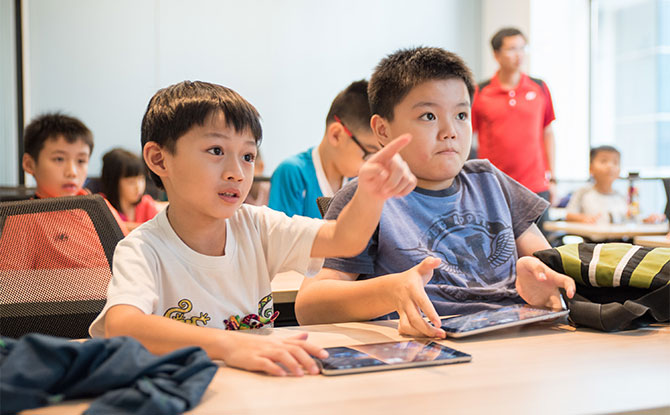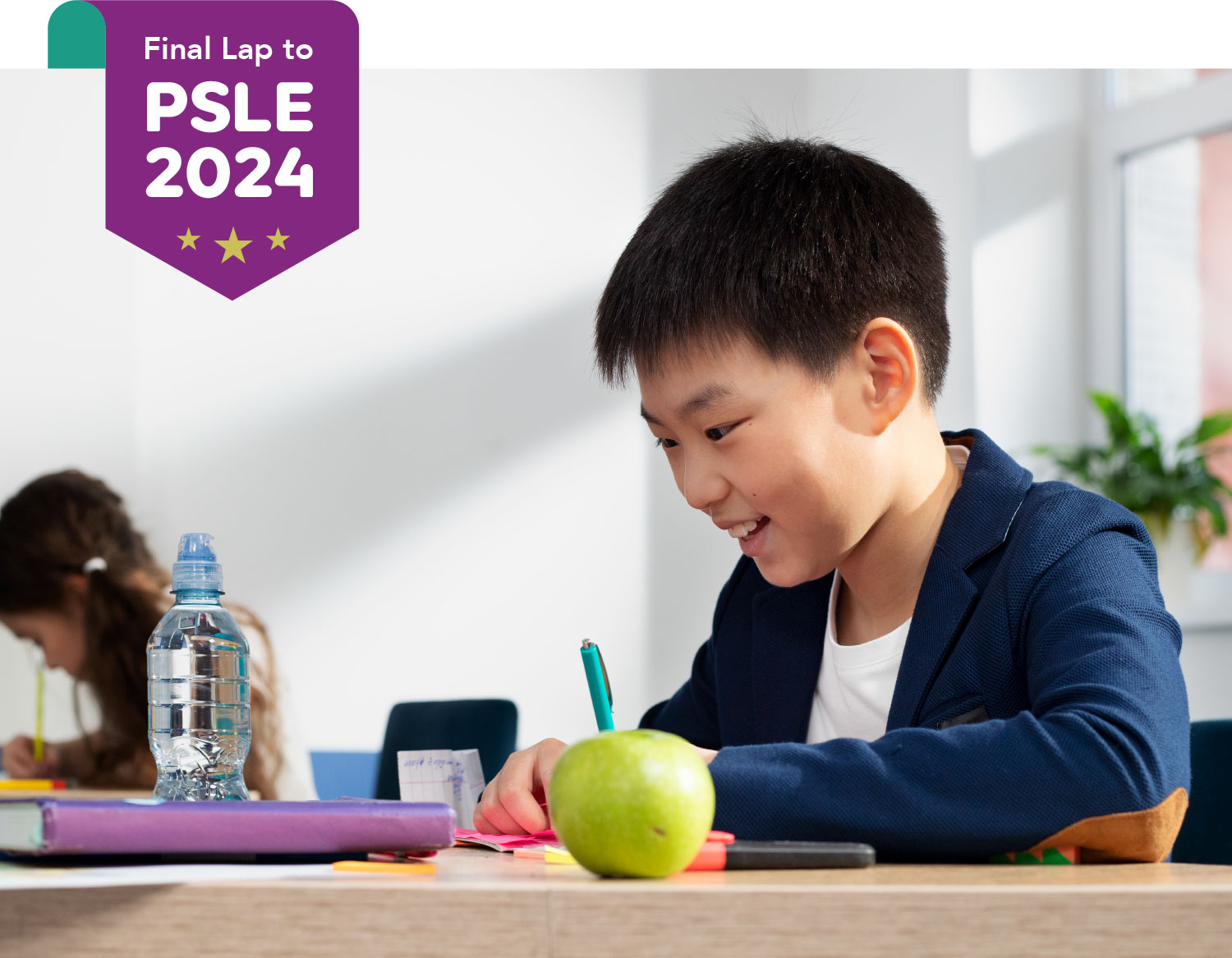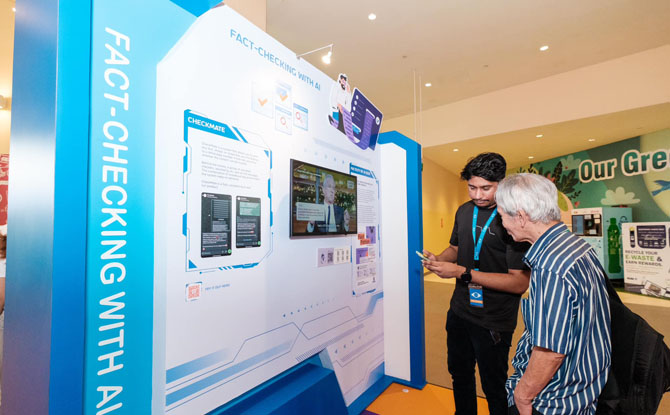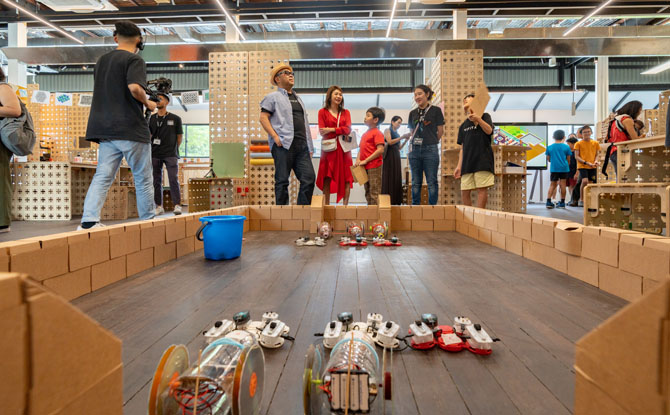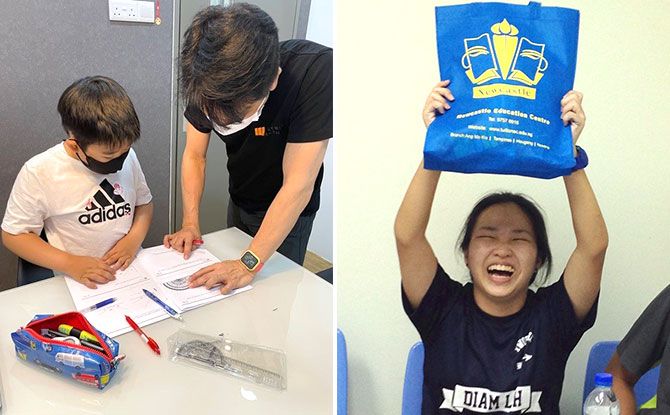
The academic landscape in Singapore is known to be tough. With the fast pace at which subjects are taught in school and the high frequency of assessments, many children find a need to supplement their learning with tuition outside of school hours.
In recent times, the emphasis has shifted from rote learning to application. Students are no longer just tested on how well they remember facts, but more on how they use the concepts that they have learnt to solve problems. This may not be easy for young learners.
The good news is help is at hand at Wisteria Mall.
i-Learning School offers classes for a wide range of subjects at the pre-primary, primary, secondary, and junior college levels, taught by experienced teachers with mostly MOE or international school training.
BE PSLE-READY: Join Expert Educators for Revision Boosters to Empower P6 Students
BURP: Join the Sound Collector on a Whimsical Chase at Esplanade – Theatres on the Bay
WEEKEND IDEAS: Get Inspirational Ideas of Things to Do
Located one unit away, Matrix Math equips children with its proprietary Matrix Method, which is a step-by-step thought process that enables them to turn complex problem sums into solvable questions. This gives them the confidence to excel in Math.
We spoke to the founders of these education establishments to find out how they steer children towards academic excellence.
i-Learning School – One Centre for All Learning Needs
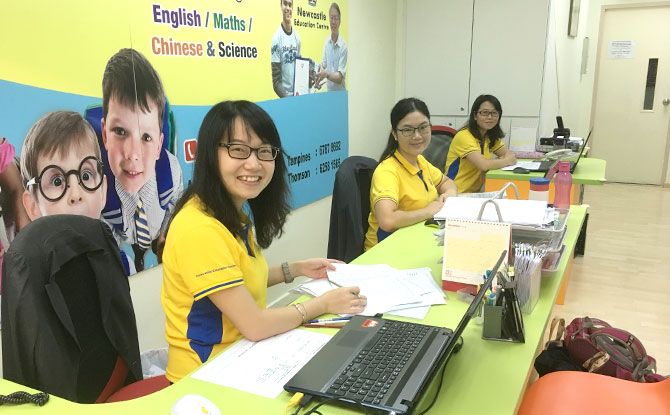
Established in 2000, i-Learning School has always been a pioneer in the field of enrichment. Its office automation system won an innovation award and set the benchmark for student management back in 2012.
In recent years, the physical restrictions brought about by COVID-19 motivated the school to score another first. It developed a software that allowed students to learn wherever they are, whenever they can.
“At that time, I was thinking how to create a platform where we can help the students even during (the) pandemic,” the founder and principal of i-Learning School, Mr Kwang, related.
After much research, development and collaboration with regional partners, the i-Learning software was born.
This AI-powered programme has not only benefited students at the school’s five centres spread across Singapore but will also be rolled out in government schools this year!
One-Stop Learning Centre with A Hybrid System
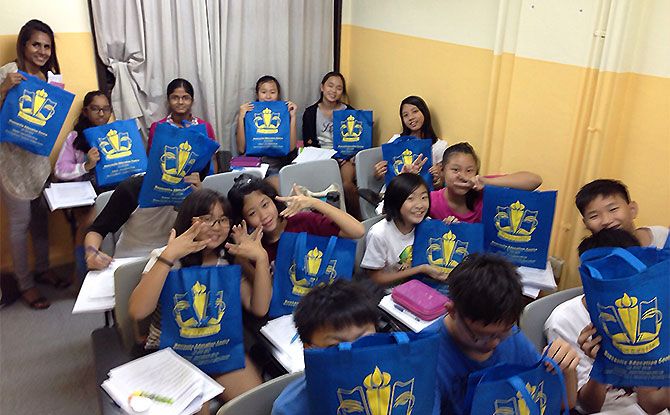
i-Learning School prides itself on being a one-stop learning centre where children, ranging from preschool to junior college students, can get professional help to improve their performance in various academic subjects.
Students at i-Learning School embrace a hybrid learning style, consisting of classroom teaching by the school’s experienced teachers and, for a short duration of time, computer-assisted learning via the i-Learning software.
The school believes that offering students two different teaching approaches in one class setting provides a more varied learning experience, helping them to gain a better understanding of the subjects that they are studying.
Small Class Sizes, Engaging Lessons and a Comprehensive System
Besides providing students with a hybrid learning environment, i-Learning School keeps its class sizes small – with about 8 to 10 students – to ensure that its teachers can provide equal attention to their students effectively.
Classes are also conducted in engaging ways. For instance, teachers lead their students in carrying out hands-on experiments, bringing Science concepts, such as magnetism and electricity, to life for the young learners.
i-Learning School has a comprehensive system in place to help students achieve academic excellence. A quarterly assessment diagnostic test is carried out about a month before students’ school term examinations to ensure that they are adequately prepared.
“Usually, … more than 80% of our students show improvement,” Mr Kwang reported.
Strong Partnership Between the Centre, Students and Parents
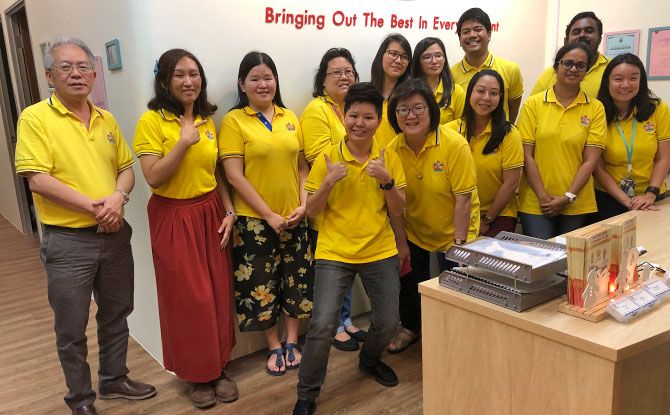
When asked what is most unique about i-Learning School, Mr Kwang replied that it is the strong rapport between the centre, its students, and their parents.
“We always believe it’s the partnership between students, parents and i-Learning,” Mr Kwang said, “because I believe that to nurture children from young to teenagers, we need a lot of effort.
“So, our philosophy is from Day One, we tell parents… the journey will not be easy…. The… keywords that we have (are) ‘care’, ‘rapport’ and… ‘understanding’ between the students, … parents and our school.”
As Mr Kwang put it, “It’s not just… academic tuition. We also want to train up the students (in) their communication skills, presentation skills, self-confidence, and… maximise their potential.
“That’s why our school motto is ‘Bring out the best in every student’.”
Matrix Math – Empowering Students to Excel in Math

In 2008, Jason Hiak, founder, and programme director of Matrix Math, was trying to help his sons solve Math problem sums when he hit the jackpot.
He discovered that by guiding them to build a habit of adopting a systematic thought process, they could tackle Math problems confidently.
“My two sons… actually (have) ADHD,” Jason revealed, “but they got A*.” A* is the equivalent of AL1 in today’s PSLE.
He quickly realised that this way of thinking helped children who did not have ADHD as well. He named it the Matrix Method and it became the backbone of Matrix Math, which has since grown into an influential chain with 13 centres in Singapore and another four in the region.
Helping Children Think Their Way to the Solution
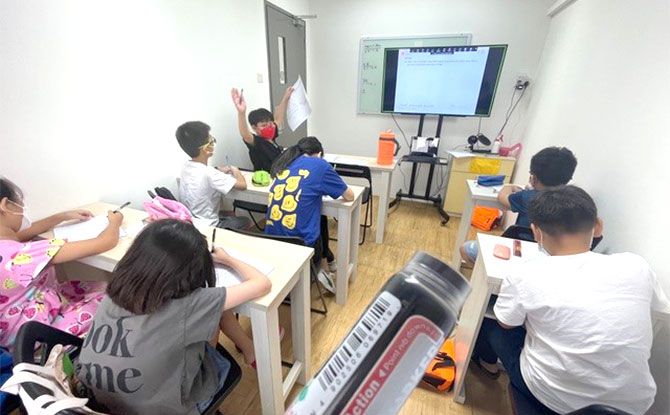
The reason students find success with the Matrix Method is because there is no fixed way of solving certain types of problem sums. The Matrix Method, however, is a thought process that enables them to approach questions with flexibility and creativity.
“The whole idea of Matrix Method is to equip the child with a compass,” Jason offered, “versus equipping the child with a map.”
“To give students a map means that they’re only able to go from one place to another depending on the map they have. If I were to equip you with a compass, you have a general idea of moving anywhere – based on the direction of the compass,” he elaborated.
Understanding A Child’s Mindset to Teach Effectively
Besides giving children the right tool – the compass, it is also important to understand their mindset.
“We approach the programme taking into consideration how a child behaves,” Jason said.
For example, children tend to forget what they are taught. Knowing this, the Math school does not expect students to remember the whole Matrix Method at once.
Instead, as Jason said, “We teach them in five steps. So slowly, it… becomes a habit. Once it becomes a habit, it will carry them all the way to secondary school and (beyond).”
Children also find it hard to grasp complex concepts. The solution? Matrix Math teaches them reasoning and problem-solving skills by focusing on the building blocks of mathematics.
Using the analogy of Lego blocks, Jason explained how a Lego car, while looking complex, is made up of individual Lego pieces. In the same way, children “need to learn systematically and in building blocks”. Only then can the blocks be put together to help these young minds learn more complex things.
Small Class Sizes, Closing Learning Gaps and Fostering Interest in Math
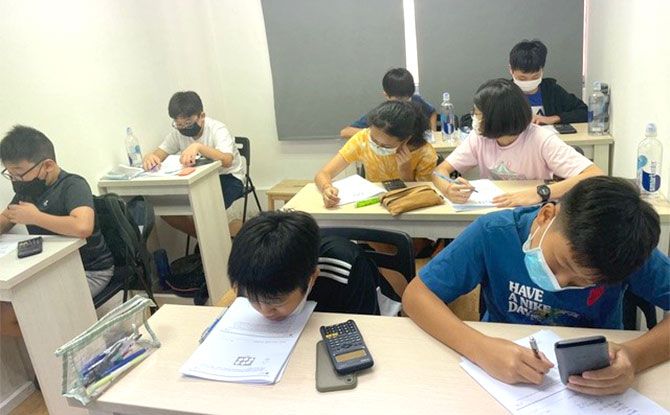
Another way that Matrix Math ensures effective teaching is to keep their classes small: four students at the preschool and Primary 1 levels, and not more than six from Primary 2 onwards.
Preschool and Primary 1 students go through a diagnostic test that pinpoints areas that they may be weaker in or are not yet exposed to.
“The test is not to determine how smart or poor the child is,” Jason explained, adding that “the whole idea is to see where the learning gaps are”. Once these gaps are identified, a programme will be tailored for each child to address individual weaknesses.
Jason believes that for littler ones, the priority should be to foster a love for Math and ignite their interest in learning. At Matrix Math, these children enjoy hands-on activities in class and work together on monthly Math projects that help them to understand mathematical concepts while having fun.
The older kids may be having more structured lessons with an emphasis on syllabus work, but they appreciate their time at Matrix Math too.
Perhaps, as Jason reflected, “Our best testimony is the number of students who continue with us to Sec 1.”
At the time of our chat, Matrix Math’s Secondary 1 classes were almost full.
WisKids at Wisteria Mall

i-Learning School and Matrix Math are part of WisKids, Wisteria Mall’s sub-brand that supports the all-rounded development of children through a well-curated range of enrichment and learning centres located at the mall.
Find out more about i-Learning School and Matrix Math.
This feature is brought to you by Wisteria Mall.



